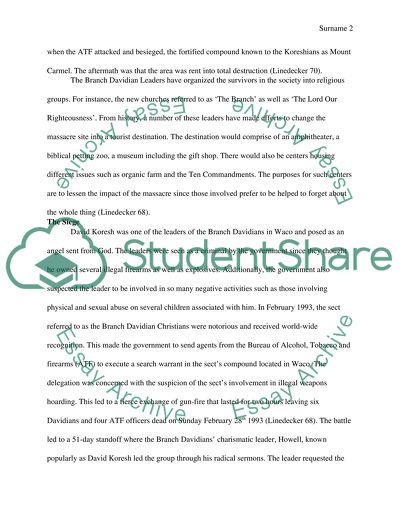Cite this document
(“The correlation and relationship between radical political ideology Thesis”, n.d.)
Retrieved from https://studentshare.org/religion-and-theology/1690976-the-correlation-and-relationship-between-radical-political-ideology-and-religious-devotion
Retrieved from https://studentshare.org/religion-and-theology/1690976-the-correlation-and-relationship-between-radical-political-ideology-and-religious-devotion
(The Correlation and Relationship Between Radical Political Ideology Thesis)
https://studentshare.org/religion-and-theology/1690976-the-correlation-and-relationship-between-radical-political-ideology-and-religious-devotion.
https://studentshare.org/religion-and-theology/1690976-the-correlation-and-relationship-between-radical-political-ideology-and-religious-devotion.
“The Correlation and Relationship Between Radical Political Ideology Thesis”, n.d. https://studentshare.org/religion-and-theology/1690976-the-correlation-and-relationship-between-radical-political-ideology-and-religious-devotion.


